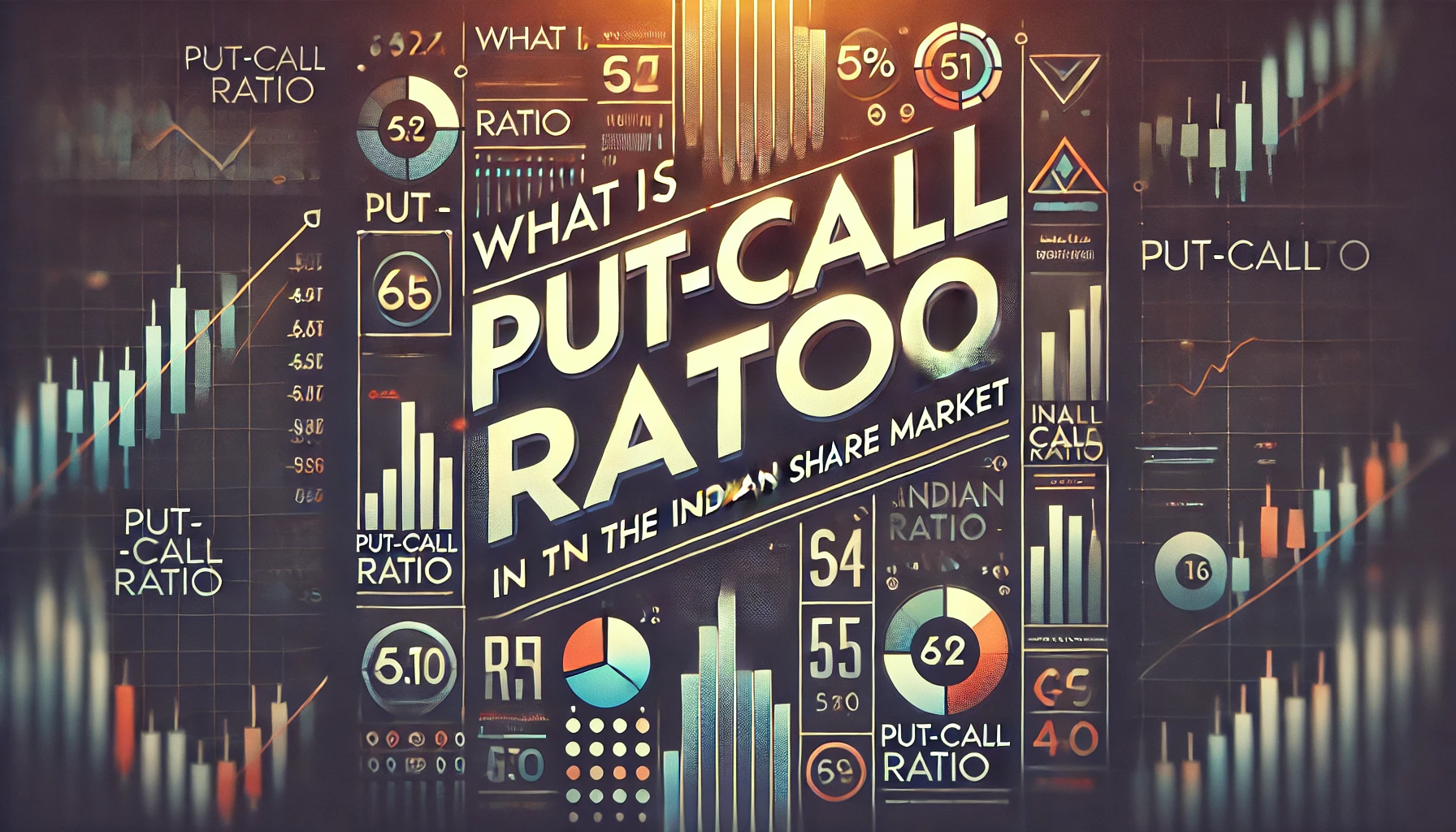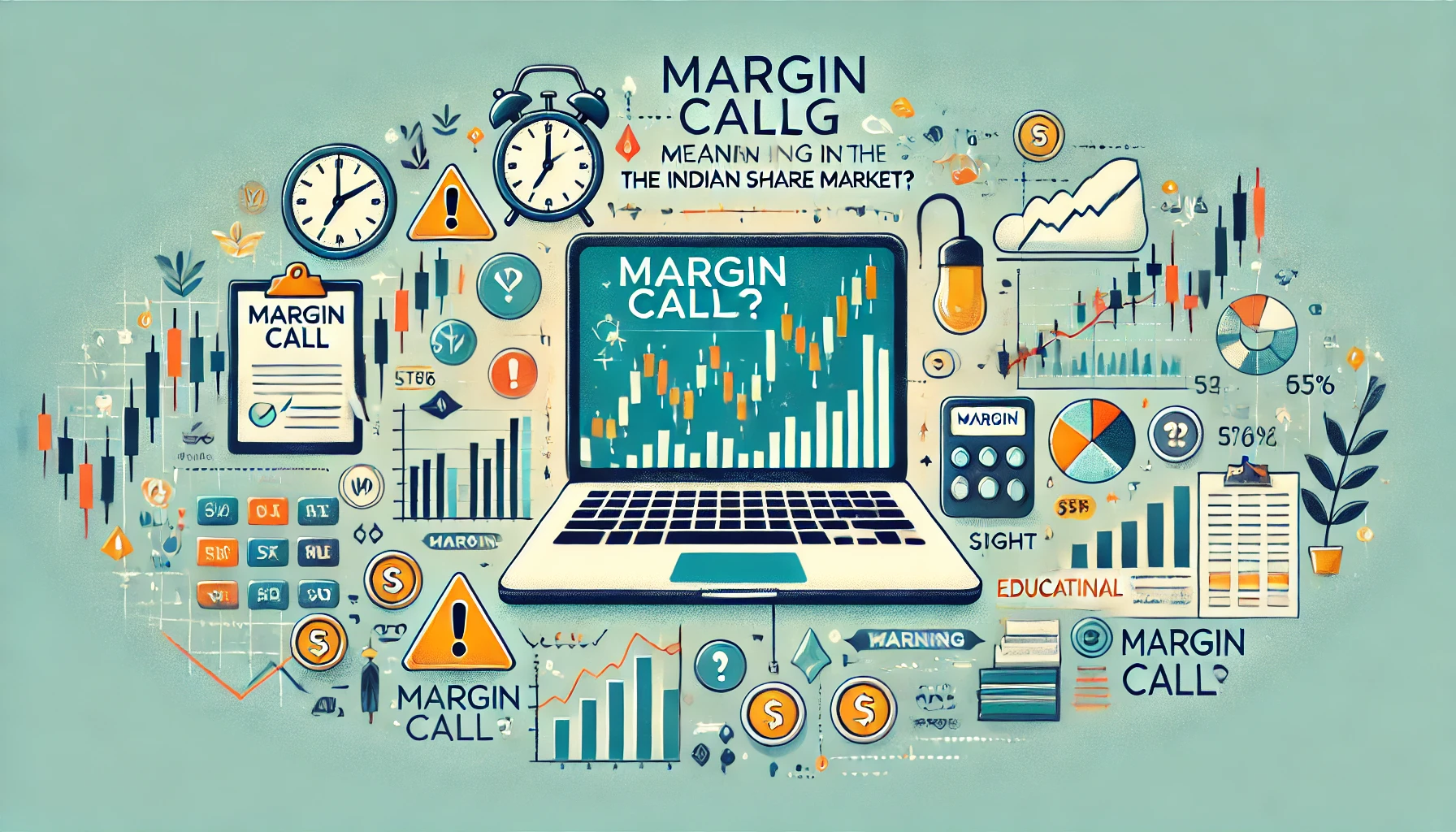In the world of derivatives trading, the concept of physical settlement has gained prominence, particularly in futures and options (F&O) contracts in the Indian share market. Understanding how physical settlement works is essential for traders and investors who participate in the F&O markets. This blog will cover the fundamentals of physical settlement, explain the process in futures and options contracts, and provide practical insights using historical data and examples.
What is Physical Settlement?
Physical settlement refers to the delivery of the actual underlying asset when a futures or options contract expires, as opposed to a cash settlement where only the difference in price is paid out. In physical settlement, the seller is obligated to deliver the asset (such as shares or commodities), and the buyer is required to pay for and take possession of the asset.
In India, physical settlement of derivatives contracts was introduced by the Securities and Exchange Board of India (SEBI) to curb excessive speculation and bring F&O markets closer to the real economy.
Key Terminology:
| Term | Definition |
|---|---|
| Underlying Asset | The asset on which the futures or options contract is based (e.g., stocks). |
| Futures Contract | An agreement to buy or sell an asset at a predetermined price on a future date. |
| Options Contract | A contract that gives the holder the right, but not the obligation, to buy or sell an asset. |
| Expiration Date | The date on which the futures or options contract expires. |
| Open Interest | The total number of outstanding contracts in the market. |
How Does Physical Settlement Work in Futures Contracts?
In futures contracts, both the buyer and the seller agree to transact an underlying asset at a future date at a predetermined price. With physical settlement, upon contract expiration, the asset must be delivered to the buyer.
Example of Physical Settlement in a Futures Contract:
Let’s consider a futures contract for Company X’s shares, which trades at ₹1,000 per share. A trader buys a futures contract expiring in three months with physical settlement at the current price of ₹1,000.
- Scenario 1: Price at Expiration is Higher
If the price of Company X’s shares rises to ₹1,200 at expiration, the buyer takes delivery of the shares at ₹1,000 per share. The seller must provide the shares at this price, resulting in a gain of ₹200 per share for the buyer. - Scenario 2: Price at Expiration is Lower
If the price falls to ₹900, the buyer must still take delivery at ₹1,000, incurring a loss of ₹100 per share.
How Does Physical Settlement Work in Options Contracts?
In options contracts, physical settlement is triggered when an option is exercised. If a call option holder exercises the option, they must take delivery of the underlying asset, while the put option holder delivers the asset. Physical settlement in options only occurs when the option is in-the-money (ITM) at expiration.
Example of Physical Settlement in an Options Contract:
Let’s assume a trader buys a call option for Company Y’s shares, with a strike price of ₹500, and the contract expires in one month.
- Scenario 1: In-the-Money at Expiration
If Company Y’s share price rises to ₹600, the call option is in-the-money. The buyer exercises the option, paying ₹500 for shares worth ₹600, making a profit of ₹100 per share after taking delivery of the stock. - Scenario 2: Out-of-the-Money at Expiration
If the share price remains below ₹500, the call option expires worthless, and no physical settlement occurs.
Historical Data on Physical Settlement in India
Since the introduction of physical settlement in 2018 for individual stock derivatives, there has been a steady increase in physically settled contracts. Here’s a table showing the number of physically settled contracts from 2018 to 2023:
| Year | Number of Physically Settled Contracts (in crores) | Notional Turnover (₹ crores) |
|---|---|---|
| 2018 | 1.2 | 8,000 |
| 2019 | 2.5 | 15,000 |
| 2020 | 4.0 | 25,000 |
| 2021 | 5.5 | 30,000 |
| 2023 | 6.8 | 35,000 |
The table reflects the growing acceptance and liquidity of physically settled contracts in the Indian derivatives market.
Advantages of Physical Settlement
- Curbing Speculation: Physical settlement reduces speculative trading in F&O markets by requiring actual delivery of assets. This aligns the derivatives market more closely with the real economy.
- Better Price Discovery: Physical settlement promotes accurate price discovery as traders need to consider the actual delivery of the underlying asset, leading to more informed decision-making.
- Reduced Manipulation: Since actual assets are delivered at the end of the contract, it discourages manipulative practices that rely on cash-settled contracts to profit without delivering the asset.
- Protection for Investors: Physical settlement provides a safeguard for retail investors by ensuring that only serious participants engage in futures and options trading.
Risks and Challenges in Physical Settlement
While physical settlement brings advantages, it also comes with challenges:
- Logistics and Costs: Delivering the physical asset can involve logistical challenges, including warehousing, transportation, and associated costs, especially for commodities.
- Margin Requirements: In physically settled contracts, traders must ensure they have sufficient funds or the underlying asset available for delivery, which can increase the margin requirements for such contracts.
- Liquidity Risks: As the expiration date approaches, illiquid contracts might pose difficulties in closing or rolling over positions, particularly in the case of niche stocks.
- Compliance: Strict compliance with SEBI guidelines is essential for market participants, as non-compliance can result in penalties or sanctions.
Comparison Between Physical Settlement and Cash Settlement
Here’s a comparison to better understand the difference between the two settlement types:
| Factor | Physical Settlement | Cash Settlement |
|---|---|---|
| Asset Delivery | Requires delivery of the actual underlying asset. | No delivery; only the price difference is paid. |
| Speculation | Discourages speculation. | Allows high speculation due to ease of trading. |
| Market Impact | Closer alignment with real asset values. | Price discovery may be skewed by speculative trades. |
| Costs | Higher costs due to asset delivery. | Lower costs, as no physical delivery is involved. |
| Liquidity | May face liquidity issues near expiration. | Higher liquidity throughout the contract period. |
Practical Example of Physical Settlement in India
Let’s take a real-world example from the Indian market. In 2023, futures contracts for Reliance Industries Ltd. were physically settled as part of the regulatory requirements.
| Date | Reliance Industries Price (₹) | Futures Contract Price (₹) | Expiration Date |
|---|---|---|---|
| 1st March | 2,300 | 2,320 | 30th March 2023 |
| 30th March | 2,400 | 2,350 | 30th March 2023 |
In this scenario, traders who bought Reliance futures contracts on 1st March at ₹2,320 were required to take physical delivery of the shares at ₹2,350 on 30th March 2023, when the stock’s market price had risen to ₹2,400. As a result, buyers profited from the physical settlement.
Regulatory Framework for Physical Settlement in India
The regulatory framework for physical settlement in India is governed by the SEBI. In 2018, SEBI mandated physical settlement for all stock derivatives in a phased manner. The key regulatory requirements include:
- Margin Requirements: SEBI has set specific margin requirements for physically settled contracts to protect market participants from excessive risk.
- Eligibility Criteria: Only certain stocks are eligible for futures and options trading, ensuring adequate liquidity for physical settlement.
- Penalty for Non-Compliance: Traders who fail to comply with the physical settlement rules, such as not delivering the asset on time, face penalties or restrictions on future trading.
Conclusion
Physical settlement in futures and options contracts has transformed the Indian derivatives market by promoting transparency, reducing speculative trading, and aligning market prices with the real economy. While physical settlement brings additional responsibilities and costs for traders, its advantages in ensuring fair and efficient markets outweigh the challenges.

What Is Implied Volatility?
In the realm of Indian share market derivatives, implied volatility (IV) plays a crucial role …

What is Margin Funding?
Margin funding is a powerful tool in the Indian share market that allows traders to …

Forward vs Future contract
In the Indian share market, derivatives such as forward and future contracts play a pivotal …

What is Margin Money?
Margin money is a crucial aspect of trading in the Indian share market, especially in …

What is Put-Call Ratio?
The Put-Call Ratio (PCR) is one of the most widely used indicators in options trading …

What is Derivatives?
Derivatives are financial instruments whose value is derived from an underlying asset or benchmark. In …

What is Cost of Carry?
The cost of carry is an essential concept in futures trading that reflects the cost …

What is futures
Futures are a fundamental part of derivatives trading in the Indian stock market. They allow …

Bullish Option Strategies
In the ever-evolving world of derivatives trading, options have become a powerful tool for investors …

Understanding Physical Settlement in Futures & Options Contracts: A Comprehensive Guide
In the world of derivatives trading, the concept of physical settlement has gained prominence, particularly …

what are call options
The Indian share market has expanded significantly over the years, attracting a growing number of …

What Is Credit Spread Strategy
In the world of options trading, the credit spread strategy is one of the most …

What Is a Forward Contract
A forward contract is a customized financial agreement between two parties to buy or sell …

Types of Derivatives in India
The Indian derivatives market has grown exponentially, becoming a vital tool for investors and traders …

What is Swaps Derivatives
In the world of derivatives, swaps are a special class of contracts that allow two …

Intrinsic Value and Time Value of Options
Options trading is one of the most widely used financial instruments in the Indian share …

What is Open Interest?
In the world of derivatives, the concept of “Open Interest” plays a crucial role in …

Types of underlying assets in derivatives
The Indian derivatives market has grown exponentially over the last few decades, thanks to its …

derivatives on Option Volatility & Pricing Strategies
The Indian share market derivatives segment is a dynamic environment where advanced traders rely heavily …

What is Futures Contract
The Indian share market offers various financial instruments that provide opportunities for investors and traders. …

What is implied volatility in options?
In the world of options trading, one of the most crucial elements to understand is …

Futures Pricing Formula
The Indian share market is known for its dynamic nature and offers various opportunities for …

What is an ITM Call Option?
The world of options trading is filled with technical terms that are crucial for investors …

What is Max Pain Theory?
The Indian share market is full of strategies and theories that traders use to predict …

What is OTM Call Options
In options trading, terms like “in the money” (ITM), “at the money” (ATM), and “out …

What Is Rollover
Rollover is a common term in the world of futures and derivatives trading, especially in …

Futures Prices Converge Upon Spot Prices
In the world of financial markets, futures contracts play a significant role. One of the …

Call Ratio Back Spread
In the Indian share market, advanced trading strategies such as the Call Ratio Back Spread …

Margin Call Meaning
A margin call is one of the most critical warnings in trading, often marking a …

What is Bermuda Option?
The financial markets are full of complex instruments, and one such tool is the Bermuda …


















